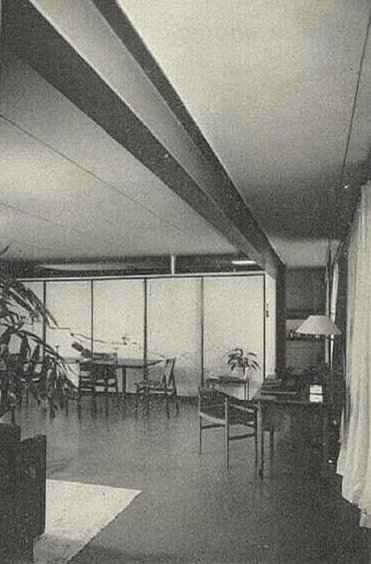The lobby of the Woolworth Building by Cass Gilbert; the 1927 rotunda of New York County Courthouse by Guy Lowell; the lobby of the 1899 former New York Life Insurance building by Stephen Decatur Hatch and McKim, Mead & White; the banking room of the 1895 Bowery Savings Bank also by McKim, Mead & White; the 1931 lobby of the Empire State Building by Shreve, Lamb & Hardon; the 1983 Ambassador Grille by Kevin Roche John Dinkeloo & Associates; the first and second floors of the 1954 Manufacturers Trust Company Building by Skidmore, Owings & Merrill and Gordon Bunshaft; the main concourse of the 1913 Grand Central Terminal by Reed & Stem with Warren & Wetmore and William Wilgus; the main reading room of the 1911 New York Public Library by Carrère & Hastings; the auditorium of the 1932 Radio City Music Hall by The Associated Architects.
There were 123 interior landmarks in New York City until yesterday.
We are happy to report that the New York City Landmarks Preservation Commission voted unanimously to make the Rudolph-designed Duplex Apartment at the Modulightor Building a New York City interior landmark at this week’s meeting on May 6th. It is the only interior designed by Rudolph to be landmarked. The building exterior was landmarked on December 19, 2023 and joined Rudolph’s other landmarked buildings, his 23 Beekman Place residence and the Hirsch (Halston) Residence at 101 East 63rd Street.
The designation was added to the commission’s calendar on December 10, 2024. At the public hearing on February 25, 2025 four people testified in support of designation including the Paul Rudolph Institute, Docomomo US, Historic Districts Council and the New York Landmarks Conservancy. No one spoke in opposition. In addition, the commission received 10 written submissions in support of designation.
“If you look at this work, the care to the human scale and detail is evident. I would make the parallel to our landmark buildings from the 18th and 19th centuries. The craft, detail, and care are something we appreciate,” LPC Commissioner Stephen Chu said.
Commission Chair Sarah Carroll concluded with, “this is our 124th interior landmark and joins the collection of our very special interiors that are publicly accessible and by virtue of their volumes, space and attention to detail and finishes and fixtures merit this important status. We are delighted this is our newest interior landmark.”
“We are thrilled to support the interior landmark designation of the Paul Rudolph-designed Modulightor Building,” Liz Waytkus, executive director of Docomomo US, a nonprofit dedicated to preserving modern architecture and design, said.
“We are enthusiastic for this designation not only for its spatially rich and light-filled Modern design but also because of the intimacy of the space and how Rudolph’s hand and belongings can be found nearly at every turn.”
Thank you to everyone who supported our designation! We look forward to continuing to open the space for our regular open house events and for private tours.


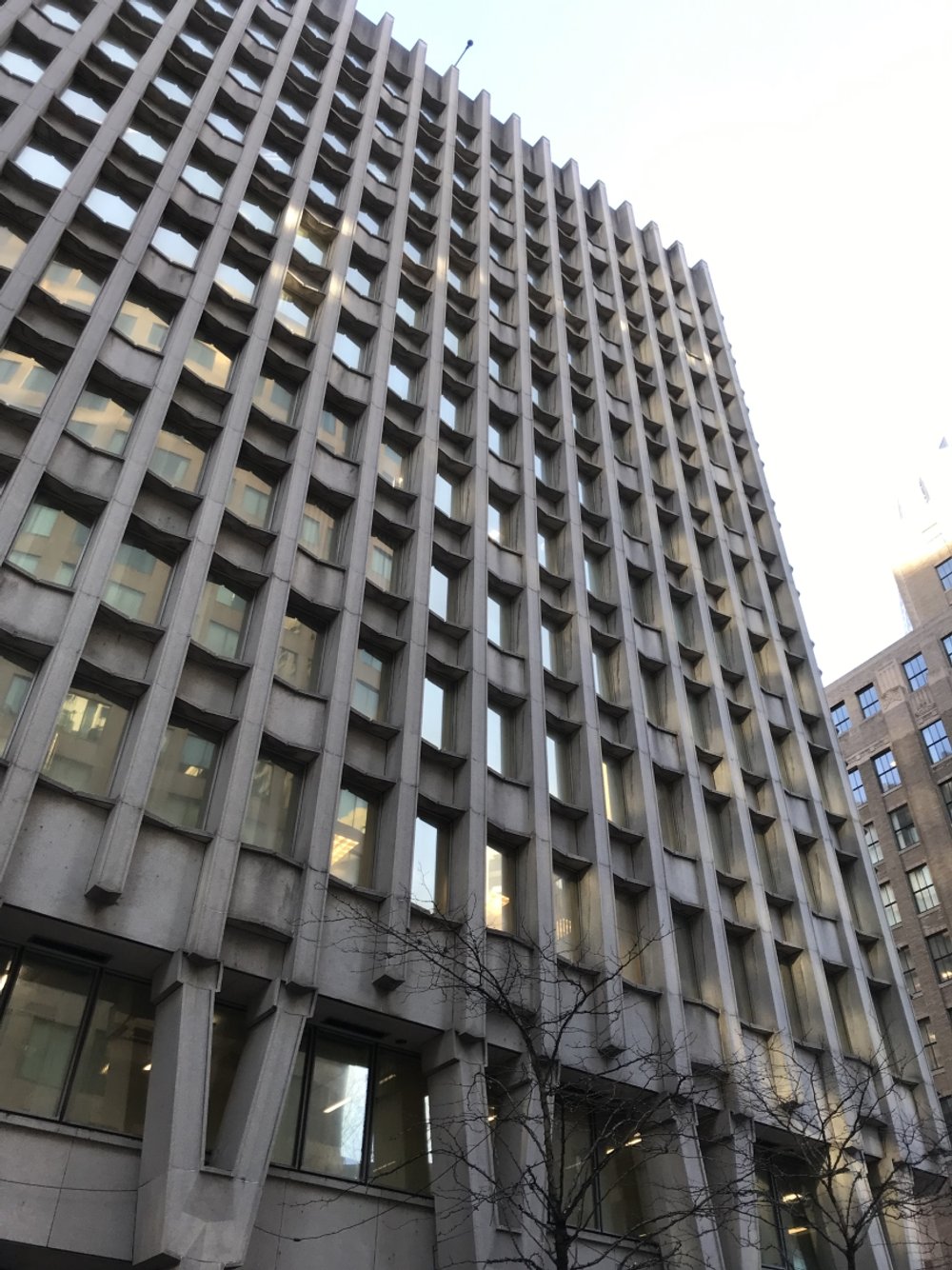


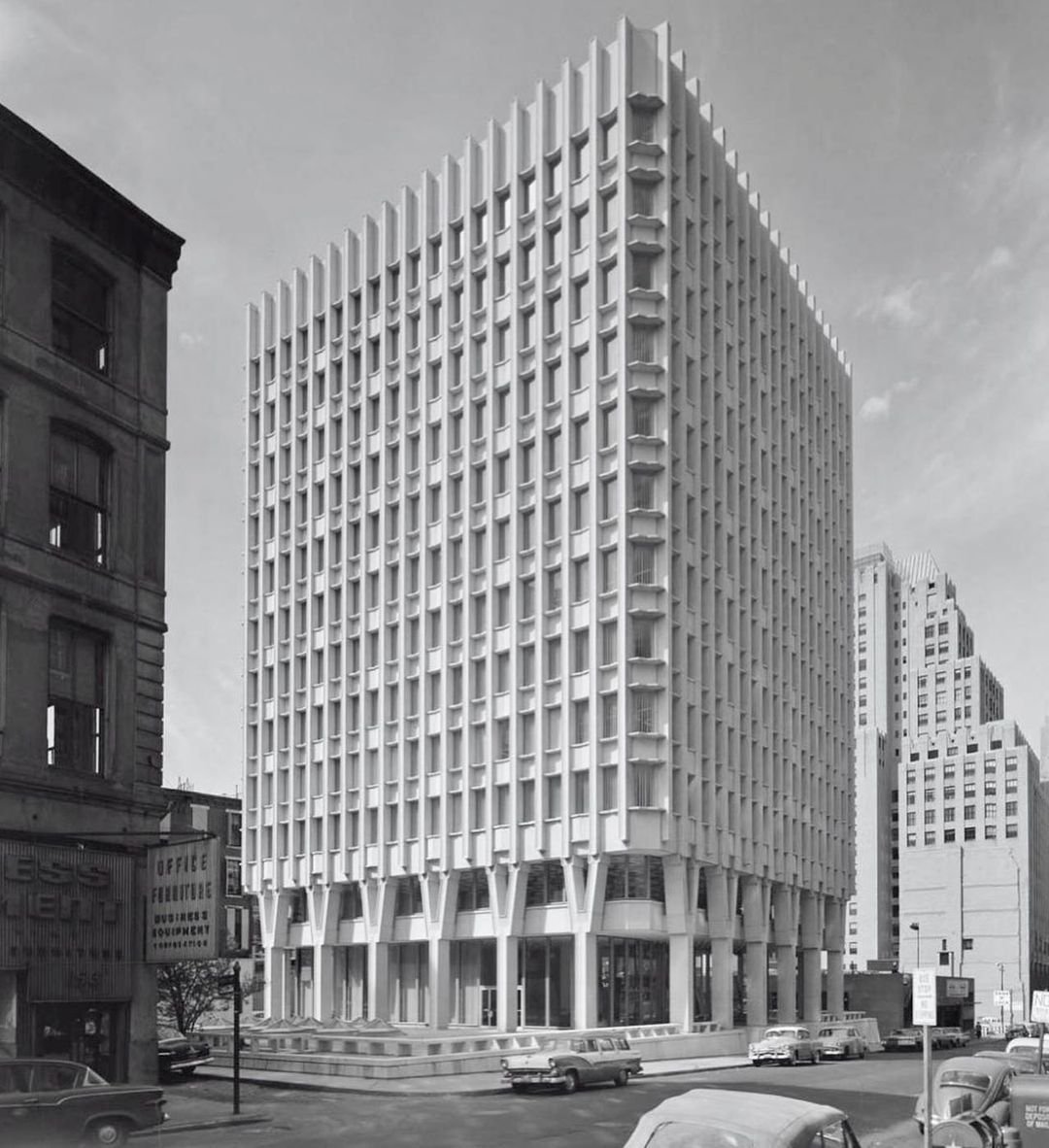









































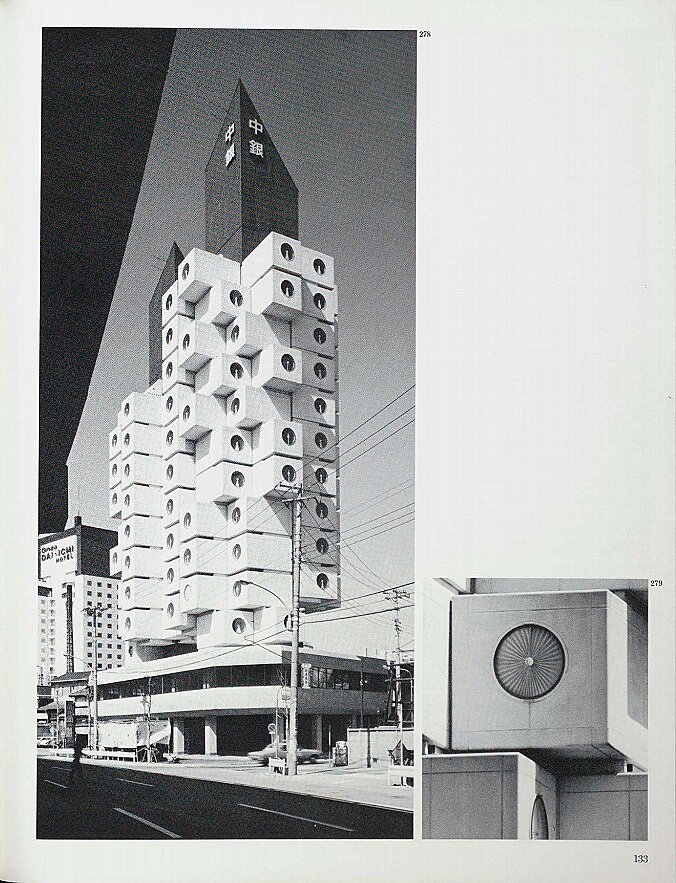
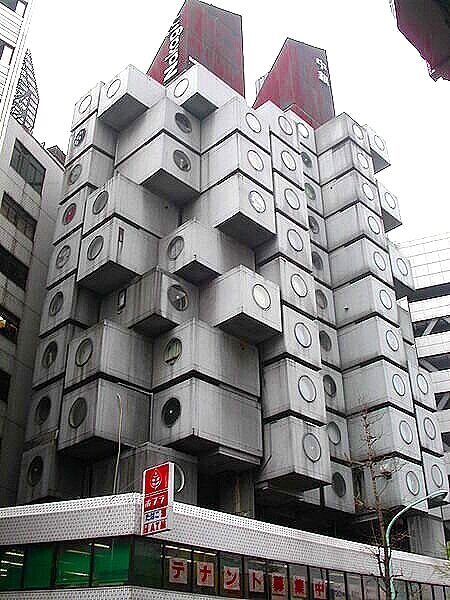




































![Paul Rudolph’s early perspective rendering of the arts center building [the medium appears to be colored pencil on a diazo “whiteprint”]—possibly done as a presentation drawing for the client and/or other stakeholders. While there would be changes made (between what’s shown in this drawing and the final design) this shows that the overall form and organization of the building has been well established.](https://images.squarespace-cdn.com/content/v1/5a75ee0949fc2bc37b3ffb97/1620676728796-X6SBHNY2YT0GVE8T4R4I/color+rendering.jpg)






















